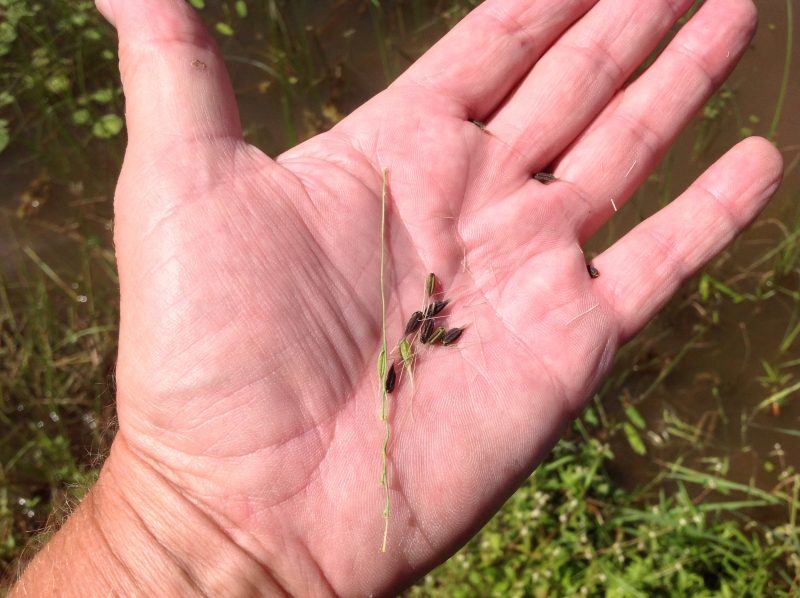
Published by Robert J. Henry
Queensland Alliance for Agriculture and Food Innovation, University of Queensland
These findings are described in the article entitled Chloroplast phylogeography of AA genome rice species, recently published in the journal Molecular Phylogenetics and Evolution (Molecular Phylogenetics and Evolution 127 (2018) 475-487). This work was conducted by Ali Mohammad Moner, Agnelo Furtado, and Robert J. Henry from the University of Queensland.
Climate change and growing food demands associated with population and economic growth are major challenges for agriculture. Rice is one of the most important food crops contributing to the diet of large numbers of people, especially in Asia.
Rice (Oryza sativa) was domesticated in Asia many thousands of years ago and more recently independently in Africa. Wild rice populations are found around the tropical world. The extensive production of rice in many areas has displaced the wild populations that were the basis of the original domestications by humans. Recent research has identified wild rice in northern Australia that has been isolated from the impact of domestication in Asia.

Examples of Australian wild rice. Image courtesy Robert Henry
Advances in DNA sequencing technology have made it possible to analyze the genomes of large numbers of individuals. This has had a significant impact on human genetics but also on biology and especially on analysis of biodiversity. The DNA sequences of wild rice populations have revealed much about the diversity of the populations, the relationships between different populations and the evolutionary events leading up to domestication by humans.
The sequence of the chloroplast genome has been widely used to determine evolutionary relationships in plants. The advantages of this approach include the highly conserved nature of the chloroplast making direct comparisons of the same sequence in plants less difficult and providing a significant amount of DNA sequence to compare. Comparison of the chloroplast sequences of wild rice that are closely related to domesticated rice has defined events leading up to rice domestication.
Around 3 million years ago a divergence in the wild rice populations that are progenitors of domesticated rice and still inter-fertile with domesticated rice resulted in a lineage that became, Oryza meredionalis, a species found in Australia separating from those leading to Oryza rufipogon, the wild rice found in Asia. Analysis of the nuclear genome shows that the Australian populations of Oryza rufipogon diverged from those in Asia around 1.7 million years ago. The divergence of Asian and African wild rice in the primary gene pool of rice was shown to be more recent. The current survey of the whole chloroplast genomes of 58 genotypes showed that the distinct Australian clade extended north to the Philipinnes
Modern domesticated rice can be divided into several types including indica, japonica, and aus types. The indica and japonica types correspond to distinct chloroplast sequences in wild populations indicating capture of these in separate domestication events. The aus type was found to include individuals with either wild chloroplast type indicating a more complex genetic origin.
The study also confirmed the close relationships between the chloroplast sequences of Oryza glumipatula in South America and Oryza longistaminata in South Africa. This suggests an intercontinental exchange of genetic material relatively recently. This exchange can be viewed as part of an ongoing movement of wild rice around the tropics, with birds as likely vectors.
The close relatives of domesticated rice in northern Australia have been shown to be highly diverse, including at least two distinct taxa and represent a yet unexplored wider genetic resource for global rice production. These could be critical in the adaptation of rice to rapid climate change and changing consumer demands and preferences.









